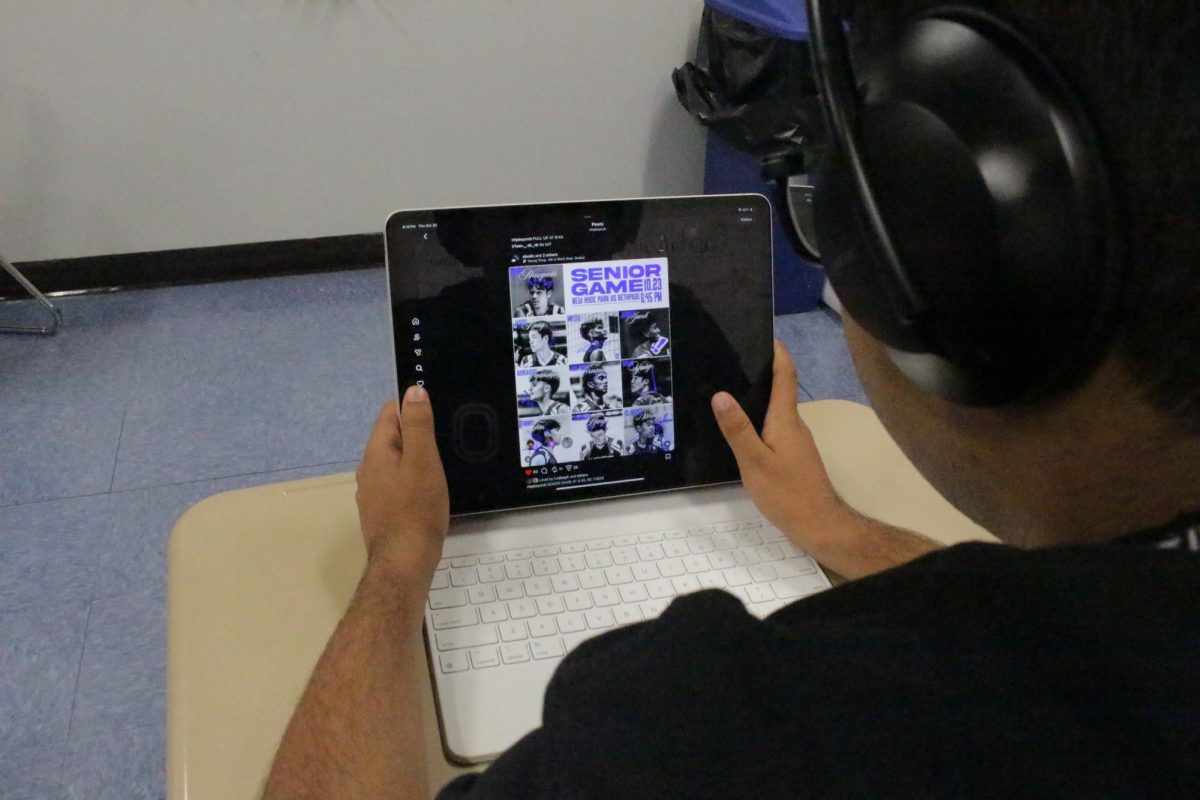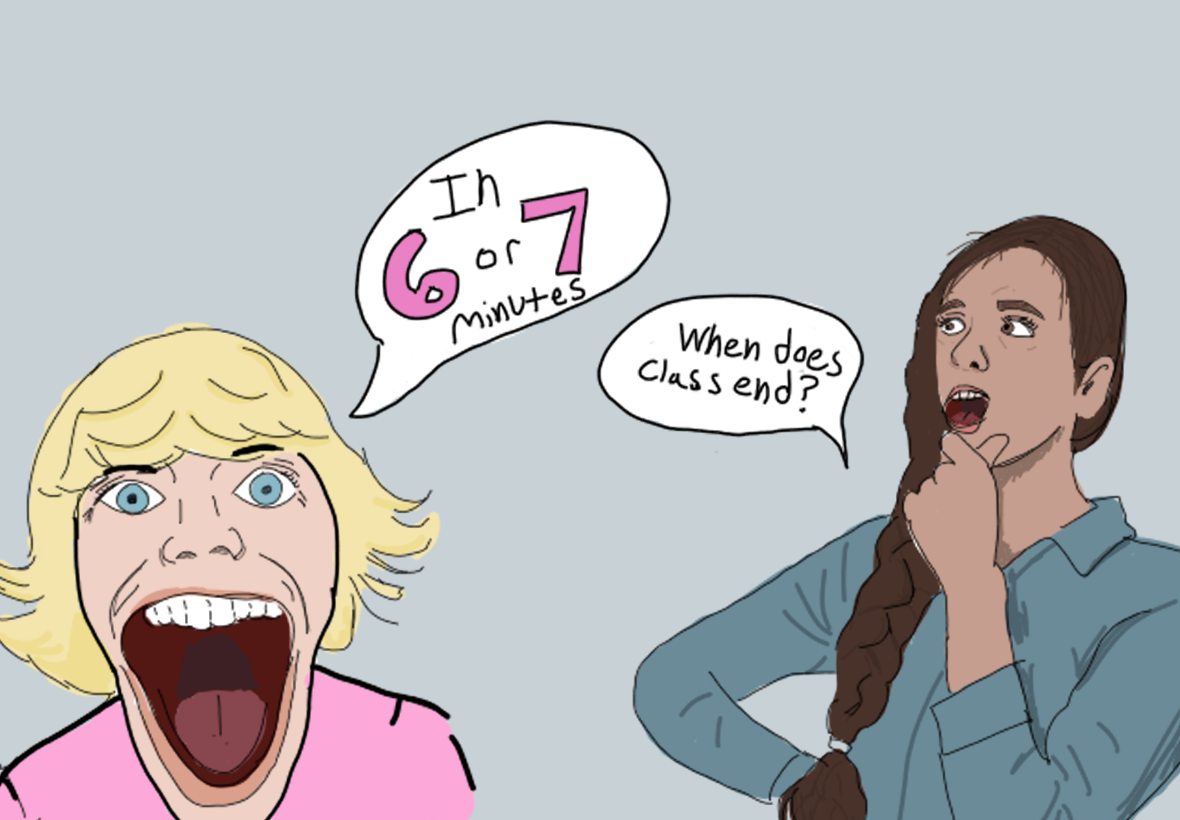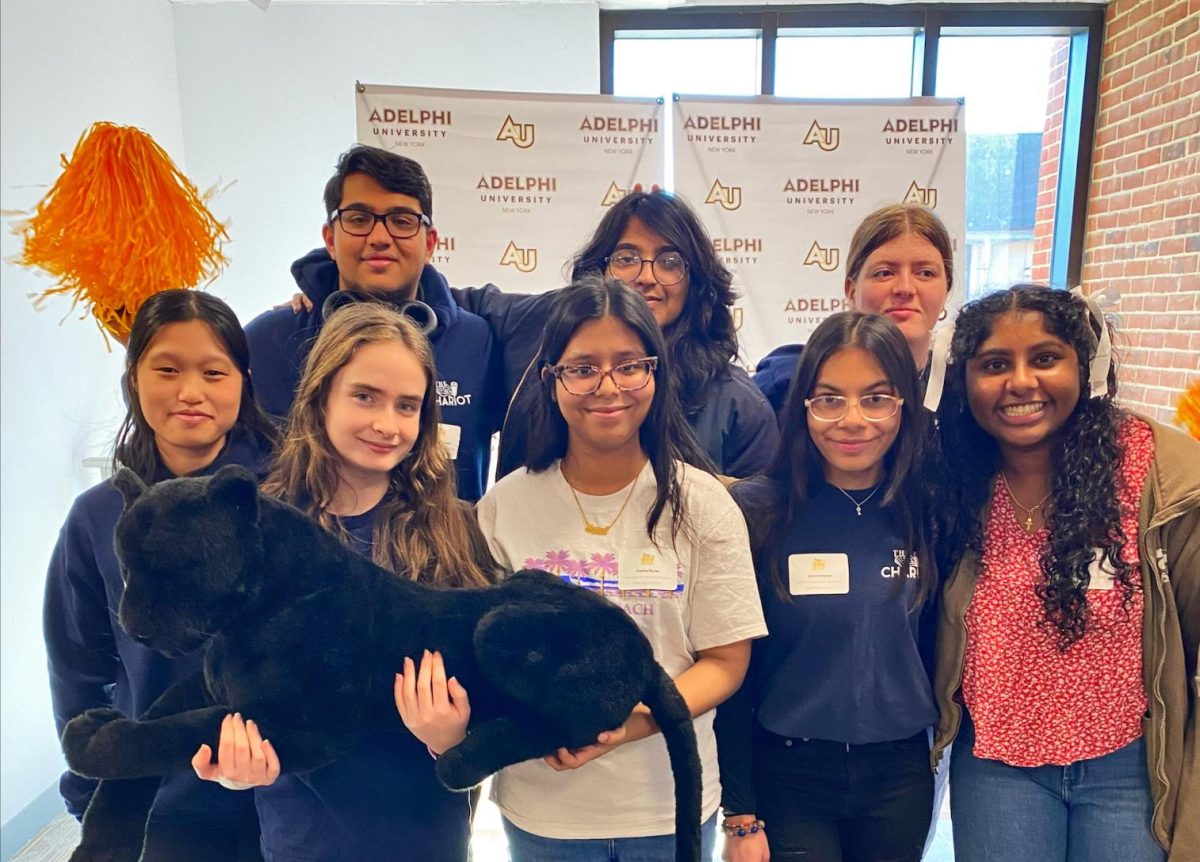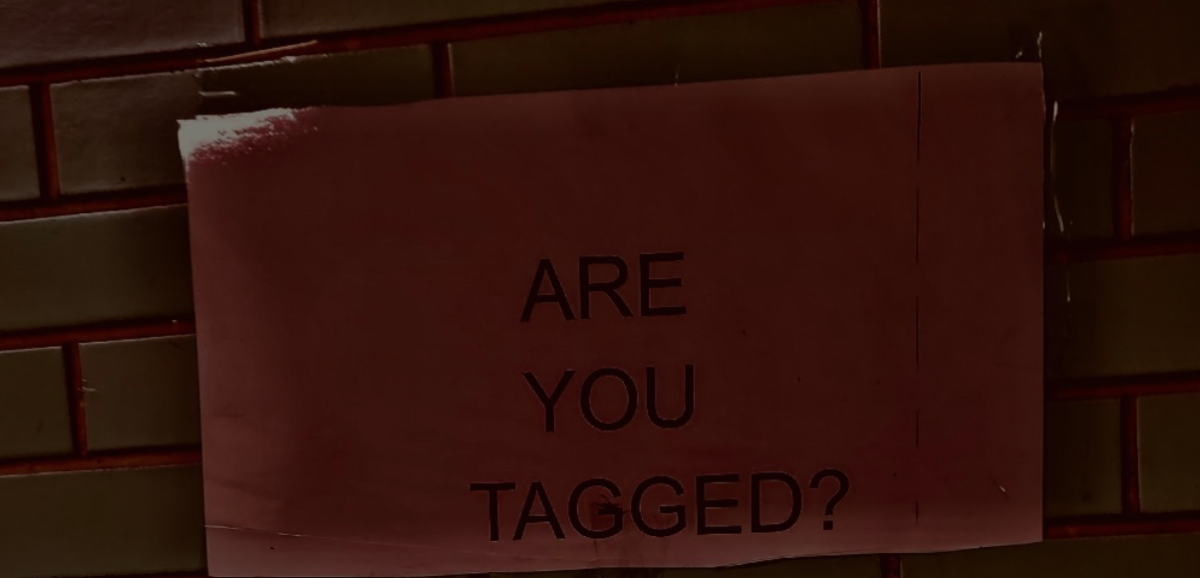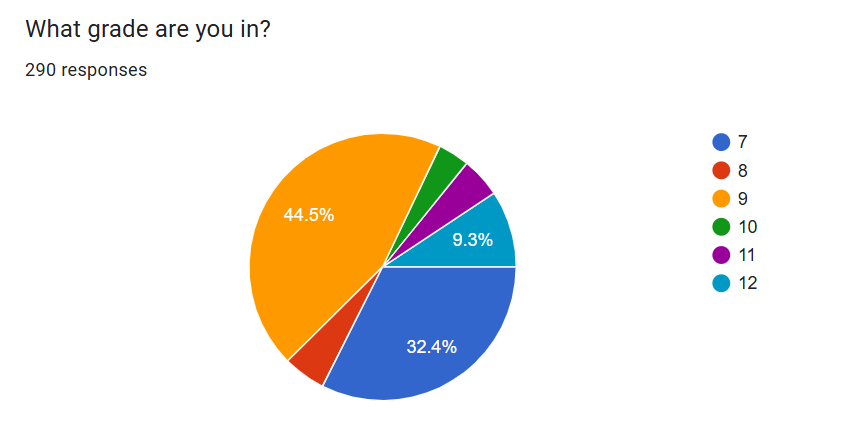Brain-rot refers to “how low-quality internet content may slow your brain function.” It isn’t a medical diagnosis, but the word’s popularity has caused it to be voted as Oxford’s word of the year in 2024. Brain-rot seems to run in cycles of popularity, featuring memes and words such as skibidi toilet, sigma & alpha, rizz, gyatt, and so many more. However, no words have held such a chokehold as 6-7, which originated as an edit of professional basketball players, especially LaMelo Ball, who is 6 ft 7 inches, to the song “Doot Doot (6 7)” by Skrilla. The meme was further popularized by a viral video of a boy excitedly yelling the term and performing a hand gesture at a basketball game. It seems like almost everyone under 18 is at least familiar with it. By understanding how 6-7 has spread, brain-rot and its position in our society can be comprehended. To do this, a poll was conducted that featured 290 students from all grades of middle and high school.
When looking at the poll, the first thing that must be assessed is the demographic of the participants. 32.4% of students, or 94 students, were in seventh grade; 5.2%, or 15 students, were in eighth grade; 44.5%, or 129 students were in ninth grade; 3.8%, or 11 students, were in tenth grade; 4.8%, or 14 students were in eleventh grade and 32.4%, or 94 students, were in twelfth grade. This information is important because it allows us to understand the perspective of those who answered this poll. Some of these participants are younger than others, and will therefore have different opinions on this topic.
The first factor that needs to be addressed is time, which is why the first question asks how long ago people heard of 6-7. For reference, the original meme was created in early 2025 and the video of the “67 Kid” was created in March of 2025. This was a while ago, but the meme took a while to gain popularity. Despite this, 91.3% (263 students) claimed that they learned about the meme more than a month ago. The next most popular opinion was three weeks ago, holding 4.5% of the vote. The final two options (two weeks ago and less than a week ago) had a small percentage of the votes, but more people said they first heard about the meme a week or less ago then two weeks ago. This allows us to conclude that most people heard about it for the first time when the meme originated, but some have only recently heard about it.
While the results of the first question in this poll were almost uniform and predictable, the results of the second question were a lot more interesting. This question aims to understand the most common ways 6-7 spreads—is it via the original meme, through friends, through family or from other places on the internet? The most common answer, though not by much, was “from friends,” at 32.9% of the votes. Almost tied was “somewhere on social media besides the original meme” and “from the original meme,” at 28% and 27% of the votes, respectively. There was also the option to input your own answer, but most inputted answers could be sorted into one of the answer choices. The split quality of these responses show that people are learning about and spreading memes such as this one in a variety of ways.
The next thing this poll aims to understand is the perceptive longevity of the 6-7 meme. To do this, people were asked how long they expected 6-7 to remain popular. While more split than the first question, 65.3%, or 188 students, believe that this meme will remain popular for more than a month. The second largest group is those who believe that it will last a month, at 22.9%, or 66 students. The other two groups (two weeks and a week or less of popularity) both have the smallest populations, at 8% and 3.8%, respectively.
The final question of this poll acquires some qualitative data and asks the student why they think brain-rot, like 6-7, spreads as far as it does. While some people made joking comments, some people gave thoughtful responses to this question. Some people believe that its spread is simply the result of the phrase being repeated multiple times, while others cite it as a way for younger generations to bond or fit in and be able to laugh without deep thinking. Some point out the “hivemind” quality of the internet, and the growing number of children who use social media. The consensus is that the short and mindless quality of this phrase sticks in people’s minds and makes it catchy.
The results of this poll show that most people have known about this meme for more than a month, and that they think it will continue to be prominent for more than a month. However, people have learned about its existence from a variety of sources, be it the original music video or from friends, classmates and family. How long will 6-7 continue to spread? There is no one way to tell. The only thing that is definitive is that brain-rot has spread, and will continue to spread for the foreseeable future. There has been talk about a similar type of phrase focusing on the number 4-1, and after that? Only time will tell.







